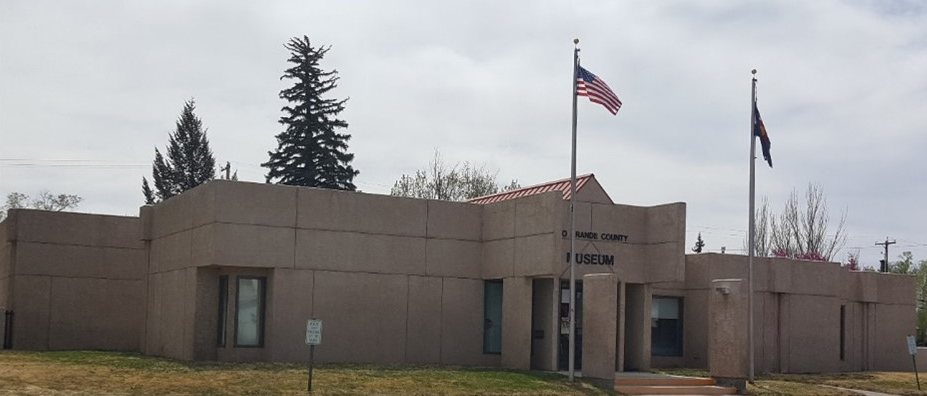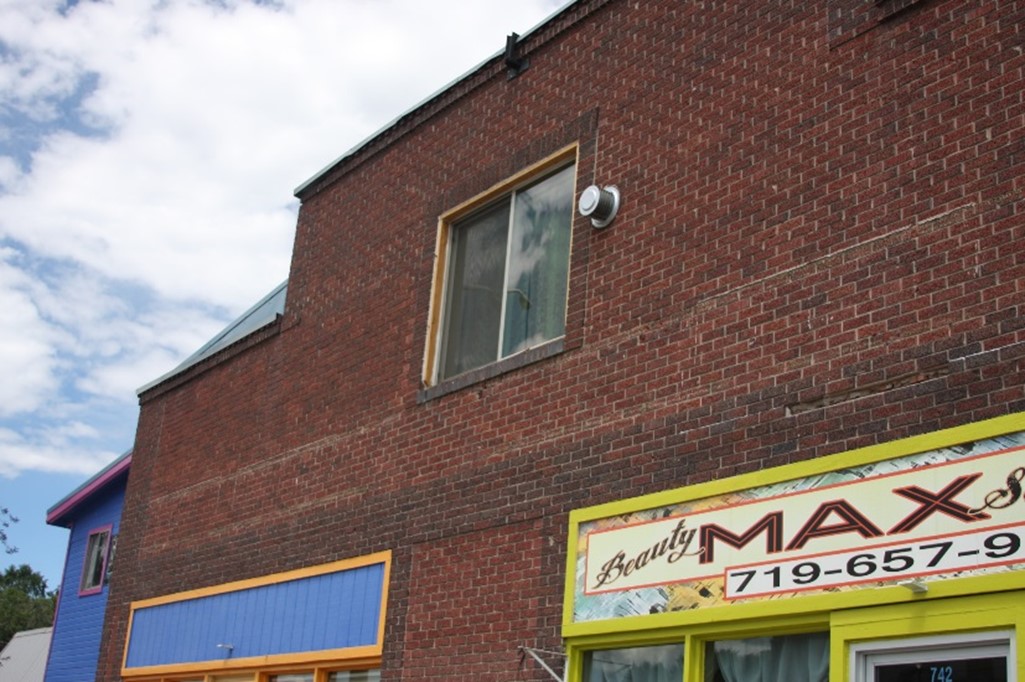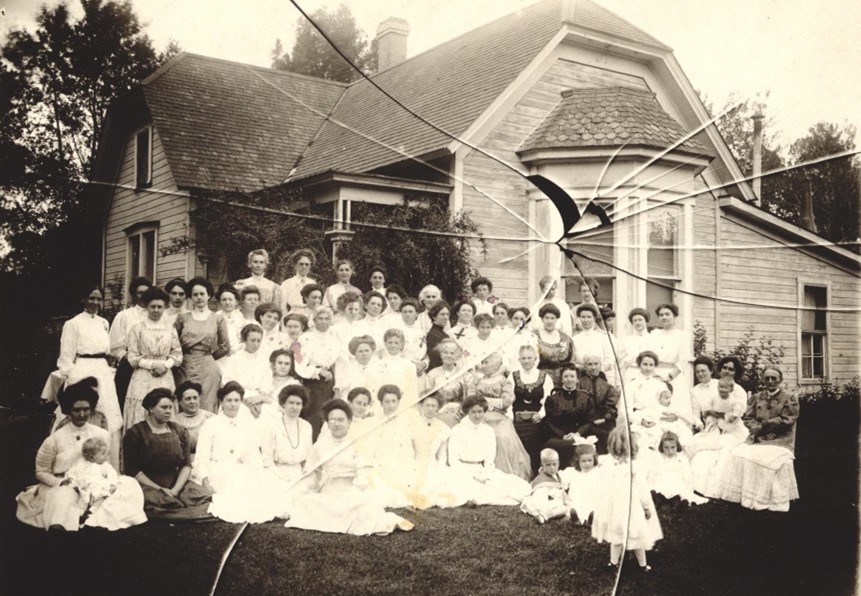Del Norte
Hayride into History
The history of Del Norte as a town starts in 1871 with a group of men meeting and using a mariner’s compass, platted the town. Then, on December 14, 1872, Del Norte was officially incorporated and the twenty-two members of the corporation were able to sell corporate deeds. The town was in Conejos County until 1874 when Rio Grande County was formed. The county line was the Rio Grande between the newly formed Rio Grande County and Saguache County until 1876, when it was moved to the present county line.
The story of the area is far older than the dates of 1871 and 1872. The First People, or Native Americans, knew this land as theirs for centuries. The people now known as Utes, Navajos, Kiowas, Arapahoes, and Jicarilla Apaches were preceded by people of even much earlier times.
Distant Spanish kings and their politics were changing this area by the 1500s. Spanish Land Grants were infringing on the First People’s land in New Mexico, Arizona, and California. The Spanish desire was to populate the open land with colonies of their own people.
When Mexico declared their independence from Spain in 1821, another chapter was started in the settling of the southwest. Mexican Land Grants were being given further north than the Spanish Land Grants and involved what are now the San Luis Valley and Rio Grande County.
The war between Texas and Mexico gave land to Texas, and then the Mexican-American War changed the politics and landscape of the rest of Mexico’s northern territories, making it part of the United States. The land that Texas had received in their war with Mexico was then purchased by the United States in 1850.
This land was not isolated and unknown, but had trails, landmarks and areas where the First People lived. It was still basically wild and not marked in the ways of those to come. Petroglyphs, pictographs, and even perhaps what is being studied now with “culturally modified trees” are still telling stories of the early people, now left to history with modern man trying to understand them.
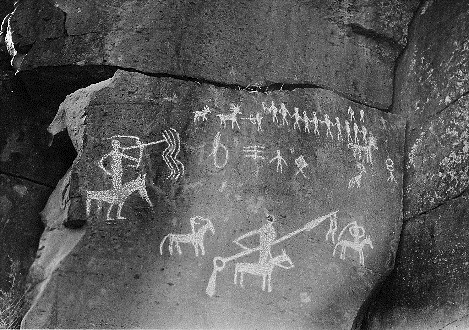 While ancient people left their story on rocks, cliff panels, trees, and other ways, fourteen families from New Mexico had one man document their travel into this area in 1859. There is no actual way of tracing from his diary where they traveled, only that they must have followed one of the trails that were traveled for centuries. By this time, multiple families and groups of New Mexico settlers were coming into the area.
While ancient people left their story on rocks, cliff panels, trees, and other ways, fourteen families from New Mexico had one man document their travel into this area in 1859. There is no actual way of tracing from his diary where they traveled, only that they must have followed one of the trails that were traveled for centuries. By this time, multiple families and groups of New Mexico settlers were coming into the area.
The Old Spanish Trail that came into the area could also be called “The Many Trails of the Utes”. They may have traveled what the local historians now call the West Branch of the north branch of the Old Spanish Trail. There were many more to arrive in the San Luis Valley during the early days.
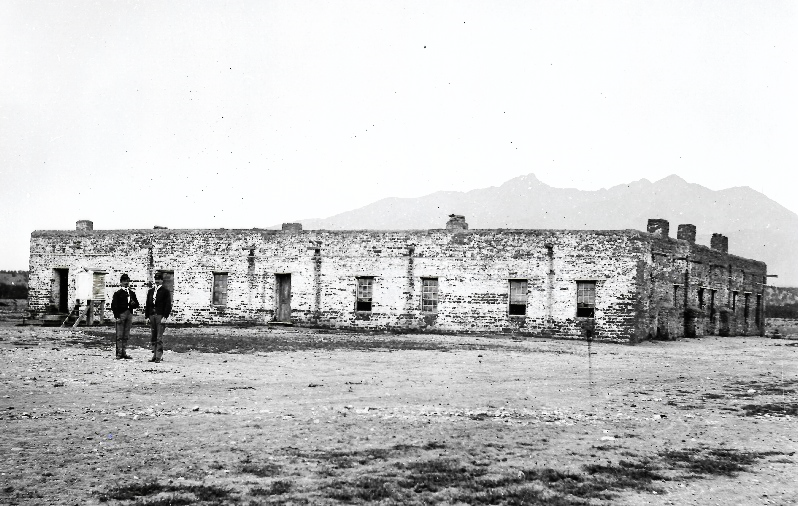 In 1858, Ft. Garland had been established following Ft. Massachusetts in 1852. This brought the Army into the area with many soldiers. Photo courtesy of Ft. Garland Museum
In 1858, Ft. Garland had been established following Ft. Massachusetts in 1852. This brought the Army into the area with many soldiers. Photo courtesy of Ft. Garland Museum
Mountain men had roamed the area looking for beaver and other furs. The “white men” and the eastern United States discovered the area now known as the San Luis Valley and Rio Grande County.
Homestead Acts, including the Homestead Act of 1862, added to the next group of settlers who left the eastern United States and many areas of Europe and Scandinavia for land and a “better way of life”. Soldiers from the Civil War also came west because of the ravages of war in the east. Railroad and steamship companies helped to promote development of the area for their profits.
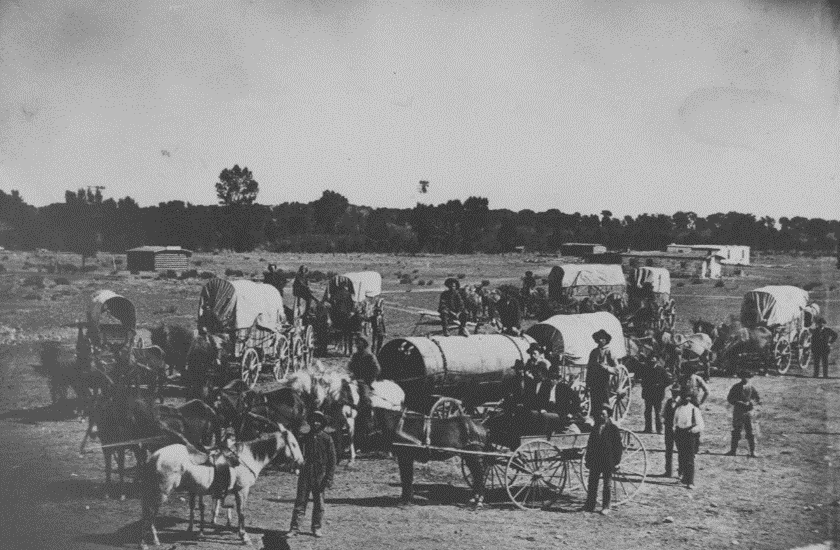
Perhaps the most profound change in the quiet, sleepy little village that was to become Del Norte was the discovery of gold in the Summit District in 1870. On September 13, 1873, P.J. Peterson and F.H. Brandt discovered the Little Annie Mine, and with several other good mines, Del Norte suddenly was thrust into a boom with strong development. Homes, businesses, schools, and churches were built. In 1874, the San Juan Prospector Newspaper was started. Del Norte was the “Gateway to the San Juans” as an outfitting point for the mines, not only in the Summit District, but entire San Juan Mining Districts. Roads were being built to transport equipment, goods, and men into these areas.
Del Norte became a town of many cultures. The First People still had an influence in the area. The wonderful culture of the “Primeros Pobladores” was evident in the stories of weddings and celebrations. The many cultures brought by the Swedes, Scots, Irish, Germans, Swiss, Austrians, English, and other areas of the world for years was kept alive in their own communities.


